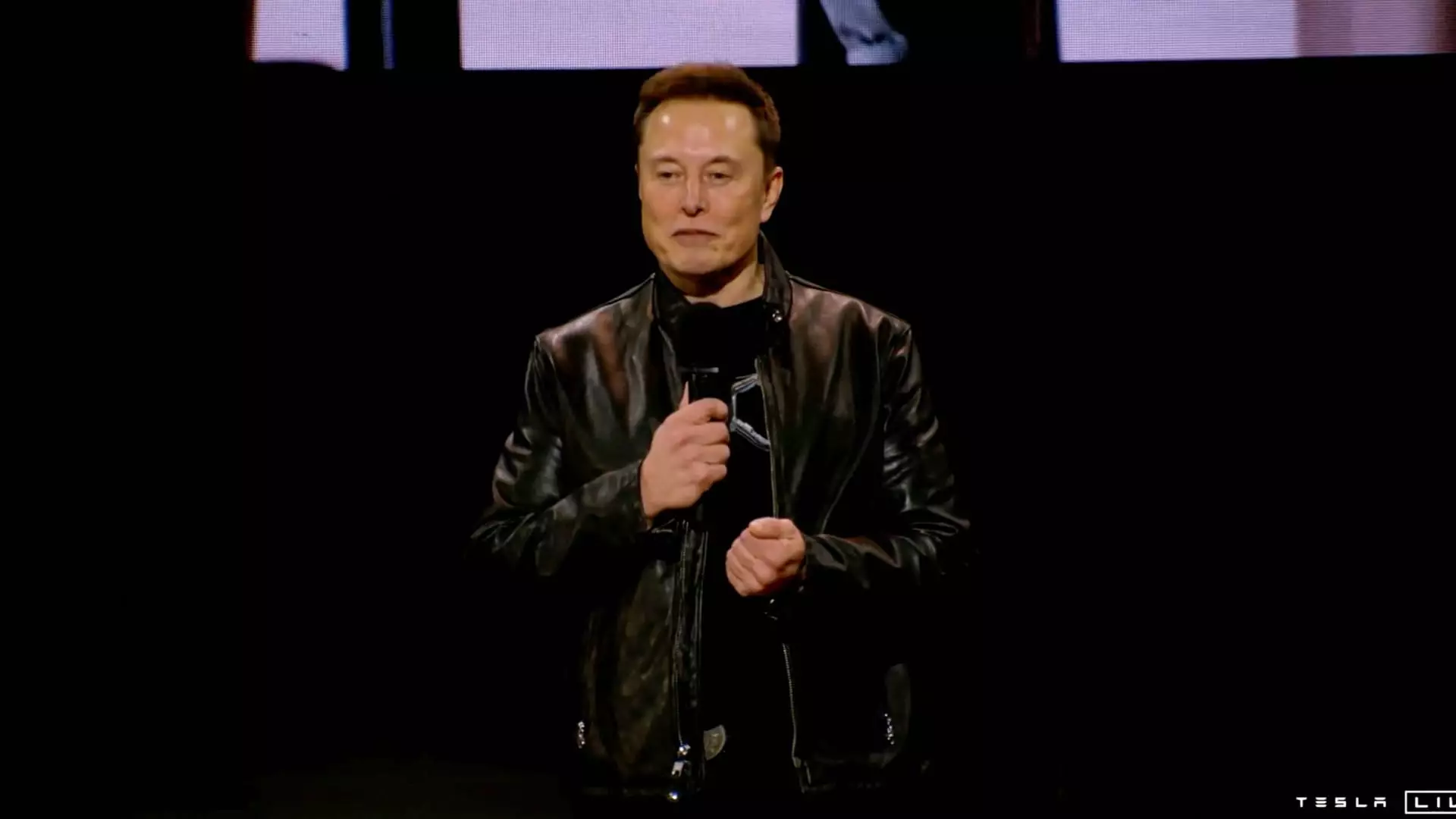Tesla, the automaker synonymous with innovation, finds itself under scrutiny for its marketing and communication strategies regarding its Full Self-Driving (FSD) technology. Recent communications from the National Highway Traffic Safety Administration (NHTSA) suggest that Tesla’s social media presence may mislead consumers about the capabilities of its vehicles, potentially resulting in danger on the road. This controversy raises important questions about the ethical implications of marketing autonomous vehicle features and the responsibilities of manufacturers in conveying accurate information to consumers.
Gregory Magno, the head of the NHTSA, has pointed out that certain posts on Tesla’s social media accounts imply that its cars can operate independently, without necessary human oversight. By showcasing examples of disengaged driver behavior—like a post featuring a driver who appeared to be using FSD while facing a medical emergency—Tesla potentially fosters a false sense of security among users. Despite the FSD system being labeled as “supervised,” these representations could lead consumers to mistakenly believe that their vehicles can function autonomously, similar to a robotaxi.
In this era of rapid technological advancement, the line between cutting-edge innovation and user safety is increasingly blurred. Tesla’s pioneering spirit often promotes a vision of a future filled with fully autonomous vehicles, yet the reality remains that the FSD system currently requires human intervention. Magno’s warning to Tesla forces the company to grapple with the implications of its public image and the potential risks posed to drivers who may misinterpret its messaging. The push for forward-thinking technology should not compromise user safety, a sentiment highlighted by the NHTSA’s investigations into recent Tesla collisions involving the FSD system.
The NHTSA has requested extensive information from Tesla, setting a deadline of December 18, along with the threat of significant penalties amounting to $135.8 million if the company fails to comply. This underscores the seriousness with which regulatory bodies are treating the situation. Moreover, the investigation into possible safety defects with Tesla’s FSD option emphasizes the pressing need for a dialogue surrounding the limitations of automated driving systems in real-world applications.
As Tesla navigates this difficult terrain, the call for clarity in its communications has never been more urgent. The NHTSA has urged the company to ensure that its public messaging is consistent with user instructions and appropriate for the vehicle capabilities active on roads. The ethical obligation to inform users accurately about the levels of risk associated with technology rests heavily on manufacturers like Tesla, and the fallout from misleading communications can have fatal consequences.
The interplay between innovation and accountability is critical as the automotive industry embraces autonomous technology. For Tesla, the choice to present FSD as a revolutionary leap in driving automation comes with responsibilities not only to investors but also to consumers and public safety. Looking ahead, how Tesla responds to NHTSA’s concerns will not only shape its brand’s reputation but may also influence broader regulatory standards for the future of autonomous vehicles. The balance between alluring marketing and public safety must guide this journey as the world moves closer to more advanced vehicle automation.

